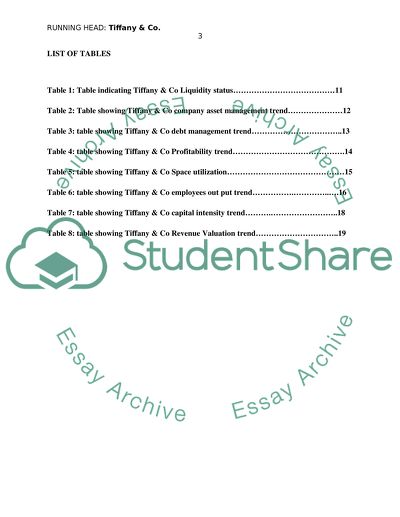Cite this document
(“The Tiffany & Co Analysis Research Paper Example | Topics and Well Written Essays - 3750 words”, n.d.)
The Tiffany & Co Analysis Research Paper Example | Topics and Well Written Essays - 3750 words. Retrieved from https://studentshare.org/marketing/1402562-tiffany-co
The Tiffany & Co Analysis Research Paper Example | Topics and Well Written Essays - 3750 words. Retrieved from https://studentshare.org/marketing/1402562-tiffany-co
(The Tiffany & Co Analysis Research Paper Example | Topics and Well Written Essays - 3750 Words)
The Tiffany & Co Analysis Research Paper Example | Topics and Well Written Essays - 3750 Words. https://studentshare.org/marketing/1402562-tiffany-co.
The Tiffany & Co Analysis Research Paper Example | Topics and Well Written Essays - 3750 Words. https://studentshare.org/marketing/1402562-tiffany-co.
“The Tiffany & Co Analysis Research Paper Example | Topics and Well Written Essays - 3750 Words”, n.d. https://studentshare.org/marketing/1402562-tiffany-co.


